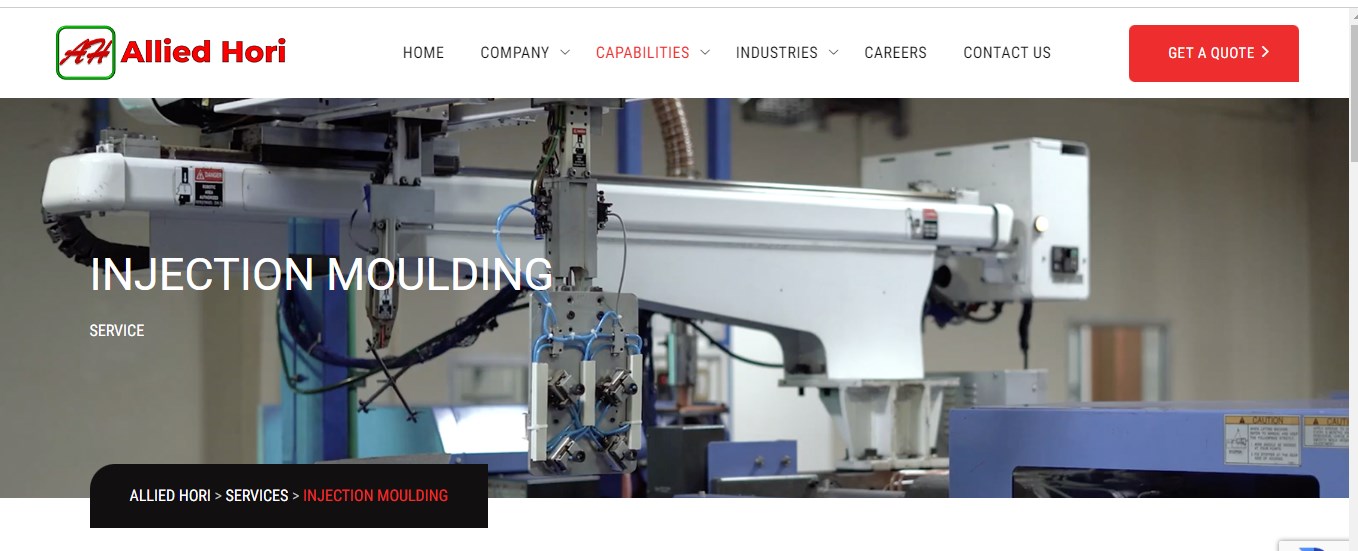Plastic injection moulding is a widely used manufacturing process for producing plastic parts and components across various industries. Understanding the costs associated with plastic injection moulding services is crucial for businesses planning to utilize this manufacturing method. In this comprehensive guide, we’ll delve into the factors that influence the costs of plastic injection moulding services and how you can optimize your expenses.
Contents
1. Introduction to Plastic Injection Moulding
What is Plastic Injection Moulding?
Plastic injection moulding is a manufacturing process where molten plastic material is injected into a mould cavity at high pressure. Once cooled and solidified, the plastic takes the shape of the mould, producing the desired part or component.
Applications of Plastic Injection Moulding
Plastic injection moulding is used in various industries, including automotive, electronics, medical, consumer goods, and more, to produce a wide range of products, from small precision parts to large components.
2. Factors Influencing Costs
1. Part Complexity and Size
The complexity and size of the part significantly impact the plastic injection moulding Malaysia cost. Complex parts with intricate designs may require more intricate moulds and longer production times, increasing costs. Larger parts require more material and longer cooling times, affecting production costs.
2. Material Selection
The type of plastic material used affects the cost. Different materials have varying costs per kilogram, and specialty materials may be more expensive than standard ones.
3. Mould Design and Tooling
The design and complexity of the moulds required for injection moulding influence costs. Complex mould designs require more machining and precision, leading to higher tooling costs.
4. Production Volume
The production volume plays a significant role in determining costs. Generally, higher volumes lead to lower per-unit costs due to economies of scale. However, initial tooling costs may be higher for low-volume production.
5. Tolerance and Quality Requirements
Tighter tolerances and higher quality standards may require more precise machining and inspection processes, increasing costs.
6. Secondary Operations
Additional post-moulding operations such as assembly, printing, or surface finishing add to the overall costs.
7. Lead Times and Turnaround
Urgent or expedited orders may incur additional costs due to accelerated production schedules and overtime labor.
3. Cost Breakdown
1. Initial Tooling Costs
The initial tooling costs include the design and fabrication of moulds and tooling required for injection moulding. These costs can be significant but are amortized over the production volume.
2. Material Costs
Material costs depend on the type of plastic material used, its quantity, and any additives or colorants required. Material costs contribute a significant portion to the overall cost of injection moulding.
3. Labour Costs
Labour costs include machine setup, operation, and any secondary operations such as trimming or assembly. Skilled labour is required for operating injection moulding machines and ensuring quality control.
4. Overhead Costs
Overhead costs include facility rent, utilities, maintenance, and administrative expenses, which are factored into the overall cost of production.
4. Tips for Optimizing Costs
1. Design Optimization
Design parts for manufacturability to minimize complexity and reduce material usage. Simplifying designs can lower tooling and production costs.
2. Material Selection
Choose the most cost-effective material that meets your requirements without compromising quality.
3. Consider Production Volume
Balance production volume with tooling costs. For low-volume production, consider rapid tooling methods to reduce initial investment.
4. Partner with Experienced Suppliers
Work with experienced injection moulding suppliers who can provide valuable insights and optimize the manufacturing process to reduce costs.
5. Streamline Processes
Optimize production processes to minimize downtime and increase efficiency, reducing overall production costs.
5. Conclusion
Understanding the costs of plastic injection moulding services is essential for budgeting and decision-making in manufacturing projects. By considering factors such as part complexity, material selection, production volume, and optimization strategies, businesses can effectively manage costs while maintaining quality standards.
Partnering with a reliable and experienced plastic injection moulding service provider is key to achieving cost-effective manufacturing solutions that meet your project requirements and timelines. With careful planning and optimization, plastic injection moulding can be a cost-efficient method for producing high-quality plastic parts and components.

